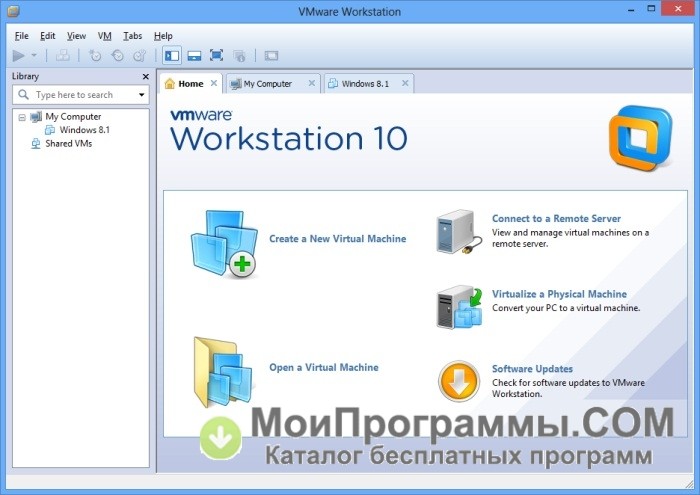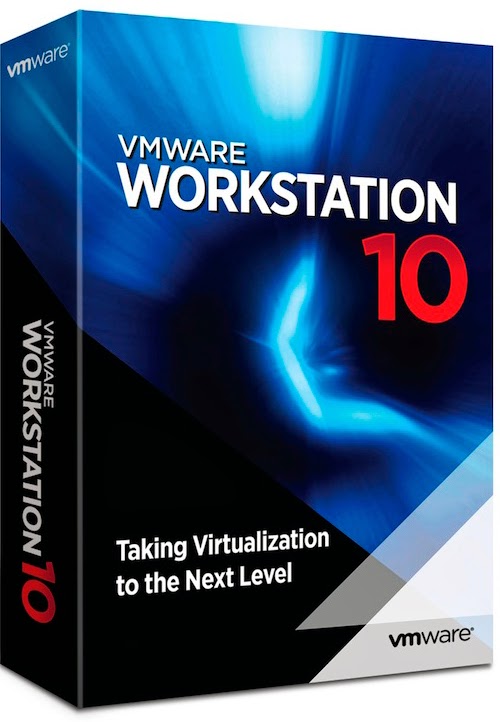

It easily installs onto the host operating system and is able to offer comprehensive hardware support by utilizing the device support from the original host. VMware Workstation’s modern technology intuitively links the physical hardware devices to the virtual machine's virtual resources enabling each VM to have its own I/O devices, memory, disks, and CPU in addition to the equivalent of a standard x86 actual machine. VMware Workstation solutions rely on components in next-generation 64-bit x86 CPUs to develop robust, secure VMs that are able to utilize many different operating systems and all of their applications. Users can easily create clones, configure virtual networks, connect to vSphere, and more, using a crisp, visually enhanced dashboard that provides full transparency to show multiple VMs and more. The solution provides an intuitive next-generation interface and gives users the ability to seamlessly run several virtual machines at the same time. Workstation Pro is created for astute IT developers and professionals. Workstation Player is an industry favorite for use in an educational environment to better expand the knowledge concerning computer systems and global information technology. It works very well for running different operating systems using a secure cloistered sandbox on a general consumer PC.

Workstation Player is best used as a command line or single graphical operation. Users have the option to choose between VMware Workstation Pro or VMware Workstation Player to ensure that they get the most out of their VMware Workstation experience.

VMware Workstation is part of a suite of robust Virtual Desktop Infrastructure (VDI) tools or Desktop Hypervisors that allows users to run Kubernetes clusters, containers, and Virtual Machines (VMs).


 0 kommentar(er)
0 kommentar(er)
